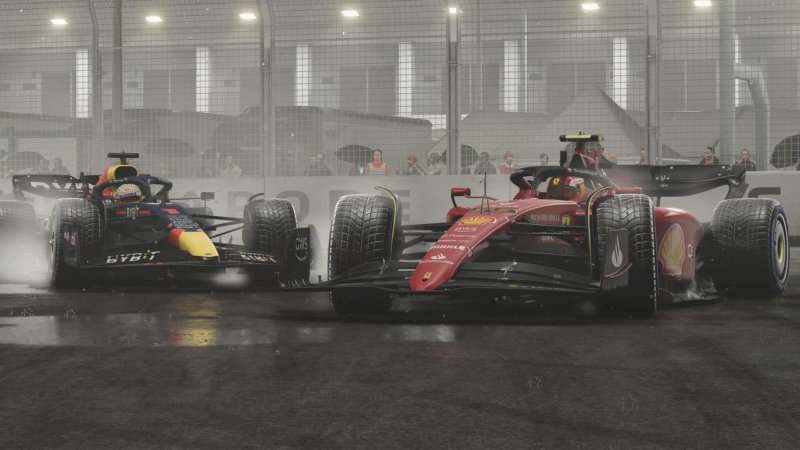F1 22: Is it still ‘Esports Ready’? Are the developers hurting the scene?
The F1 Esports Pro Championship is well underway, having crossed the halfway point with Event 2 bringing maiden wins for both Thomas Ronhaar in Round 4, and Bari Boroumand in Round 5. Some esports athletes in the space however have been very vocal regarding the gamestate, which begs the question:
Just how ‘esports ready’ is F1 22, and is Codemasters treating the IP right?
One key event punctuating the esports calendar for the game this year was not the Pro Championship, but the divide it caused in the community over having essentially two builds of the game in circulation, alienating a majority of the userbase.

Codemasters with a heavy-handed approach
In August, the community was swept off its feet when the advent of crossplay revealed some of the game’s ‘quirks’.
Namely, how physics were tied to framerate. Something people thought was left back in the noughties, having a lower FPS allowed drivers to be more aggressive on kerbs and shave time off their laps compared to the higher framerates of next gen consoles and PC.
Codemasters’ response to the ordeal, among other race-critical bugs such as low temperatures for tires on Formation Lap, was to immediately patch and release a new build.. to esports drivers only.
This is not the first time the F1 community has dealt with such issues, though this is not uncommon practice. For example, Riot Games often deploy ‘esports specific’ builds of their game to better service tournaments and provide additional tools to shoutcasters and organisers alike. The issue lies in the fact race-breaking bugs were locked behind this exclusive closed build, effectively splitting the community and esports scene in two. The fallout resulted in many major leagues either postponing or outright cancelling their series, something explored deeper in a prior article.
This choice however speaks to a wider issue of the developers and publisher opting to put all their eggs in the Pro Esports basket, and while not completely unfounded (community leagues don’t make any money for the devs directly), the community and grassroots leagues serve as a breeding ground for future talent and without that being supported and being forced to close stifles that next ‘generational talent’ from potentially making the jump.
Criticism is abundant, yet nobody listens
In general, many league drivers have been vocal of their criticism of the game, and where the publisher, EA, has been messing up the game’s priorities. While there have been positive and meaningful updates over the game’s lifespan, such as the additions of tracks not even present on the live calendar like Portimao and Shanghai, there have also been game-breaking bugs preventing leagues from functioning at a base level – Collision issues on tracks, bugs like tire temperatures starting cold returning, control scheme issues with devices? When the developer’s response is to.. add the Griddy, you can see why the esports audience at large is upset over the current gamestate.
Back to the question at hand: Is the game one that can be called ‘esports ready’?
The answer is somewhat complicated. While yes, the esports build of the game is esports ready, being built for that exact purpose and with all the extra functionality to facilitate such, the retail build is a much harder sell. While the core game is still strong and has many merits to it’s racing, it has also fallen behind in aspects compared to other games of it’s ilk.
It’s not uncommon to see F1 esports stars like Jarno Opmeer also participating for other leagues under their team outfits, on sims like rFactor 2, Assetto Corsa and iRacing.
But more importantly, it’s still a good time, and when the game and a league gets it right, it’s a magical experience that you have to be there for.
